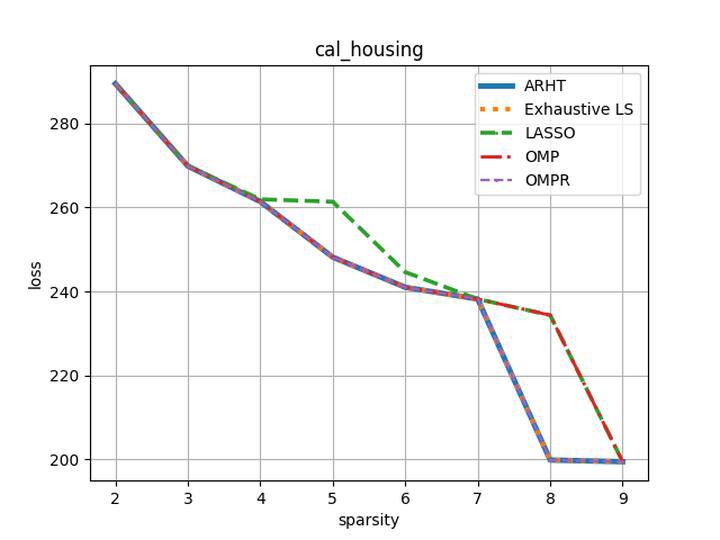Abstract:
Structured nonsmooth convex finite-sum optimization appears in many machine learning applications, including support vector machines and least absolute deviation. For the primal-dual formulation of this problem, we propose a novel algorithm called \emph{Variance Reduction via Primal-Dual Accelerated Dual Averaging (\vrpda)}. In the nonsmooth and general convex setting, \vrpda~has the overall complexity $O(nd\log\min \{1/\epsilon, n\} + d/\epsilon )$ in terms of the primal-dual gap, where $n$ denotes the number of samples, $d$ the dimension of the primal variables, and $\epsilon$ the desired accuracy. In the nonsmooth and strongly convex setting, the overall complexity of \vrpda~becomes $O(nd\log\min\{1/\epsilon, n\} + d/\sqrt{\epsilon})$ in terms of both the primal-dual gap and the distance between iterate and optimal solution. Both these results for \vrpda~improve significantly on state-of-the-art complexity estimates---which are $O(nd\log \min\{1/\epsilon, n\} + \sqrt{n}d/\epsilon)$ for the nonsmooth and general convex setting and $O(nd\log \min\{1/\epsilon, n\} + \sqrt{n}d/\sqrt{\epsilon})$ for the nonsmooth and strongly convex setting---with a simpler and more straightforward algorithm and analysis. Moreover, both complexities are better than \emph{lower} bounds for general convex finite-sum optimization, because our approach makes use of additional, commonly occurring structure. Numerical experiments reveal competitive performance of \vrpda~compared to state-of-the-art approaches.









































